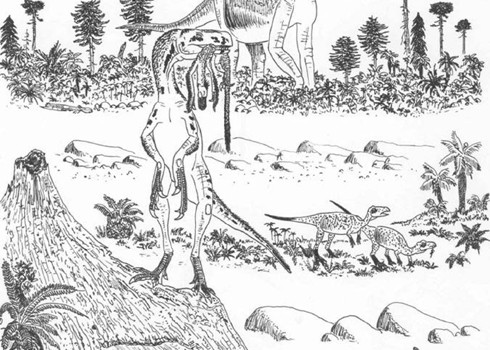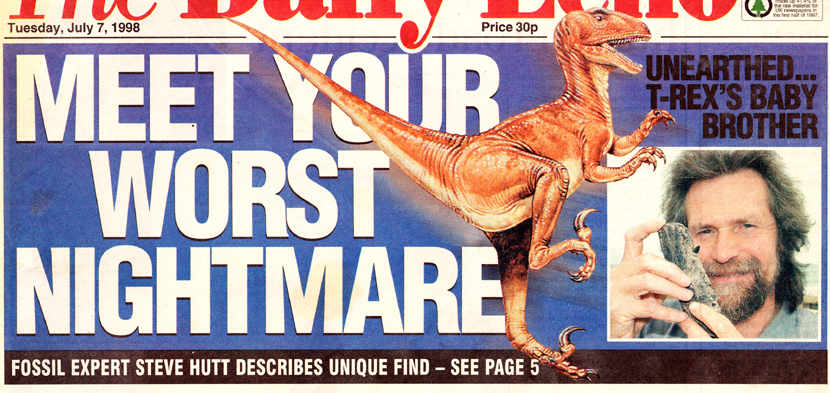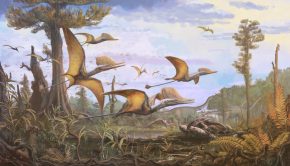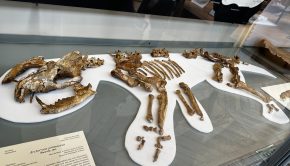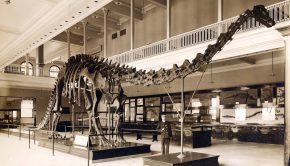Episode 57: Wealden Fossils
Podcast: Download (Duration: 58:26 — 80.3MB)
The Wealden Supergroup of southern England is known for it’s Cretaceous fossils, particularly of dinosaurs, but also crocodilians, pterosaurs, lizards, invertebrates, and plants. The group represents the Lower Cretaceous, and is well known for showing us the environment of this time period, which is not well-represented in many other places in the world. It has been essential in helping to understand this time. Large body fossils are known, but also small microvertebrate sites, and even footprints and foot casts.
Dr Darren Naish, a research associate at the University of Southampton and known for his blog Tetrapod Zoology has worked significantly with fossils from the Wealden Group, including dinosaurs, pterosaurs, and marine reptiles. In this episode, we talk about the importance of the Wealden Group, focusing on the large diversity of dinosaurs found here.
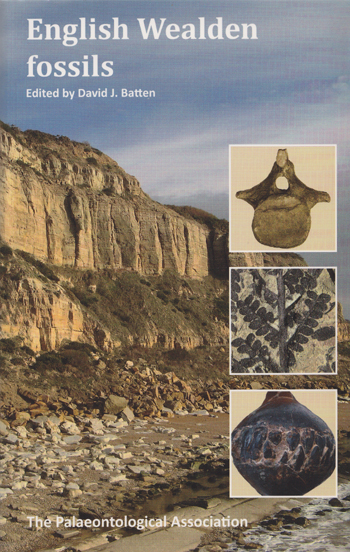
Front cover of English Wealden Fossils, a field guide to the fossils of this group, containing everything needed to know about the fossils of the Wealden including vertebrates, invertebrates, and plants. Darren Naish was involved with the chapter on crocodilians, and he also wrote the theropod chapter. Anyone interested in learning more about the fossils of this area should take a look.
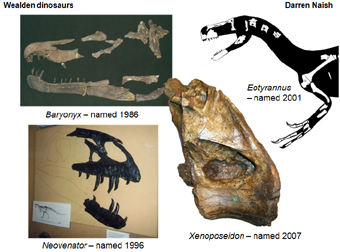
Fossils of other Wealden dinosaurs, including the three theropods Baryonyx, Eotyrannus, and Neovenator, and the sauropod Xenoposeidon. Image by Darren Naish.
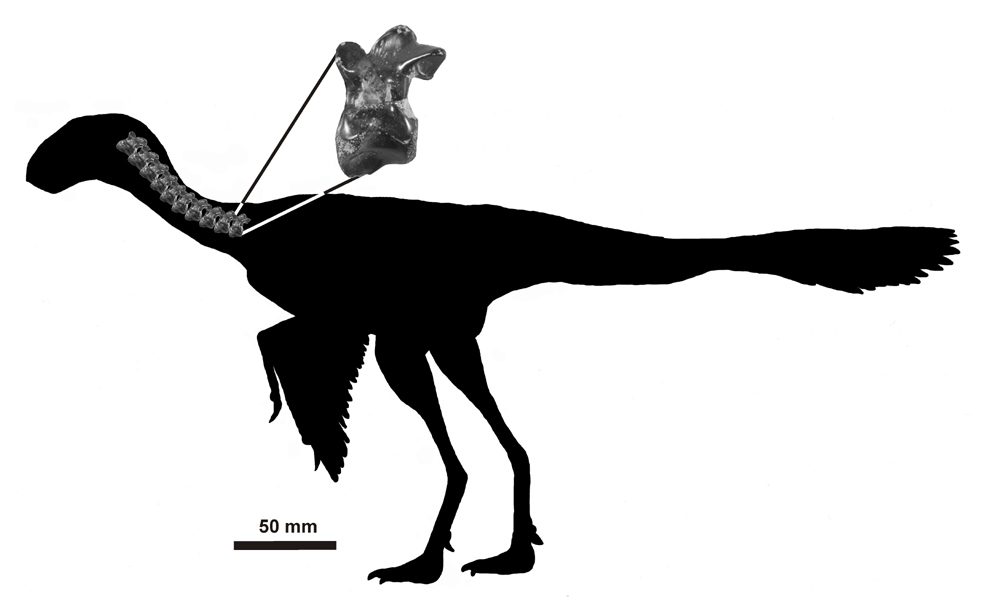
A small cervical vertebra found near Bexhill, East Sussex, from an adult maniraptoran theropod shown in approximate life position of a generalised maniraptoran silhouette. This is the only evidence of maniraptoran theropods in the Hastings Group, and is extremely small with a centrum of just 7.1 mm, making a total length of between 16-40 cm, among the smallest known dinosaurs from the Mesozoic. From Naish and Sweetman (2011)
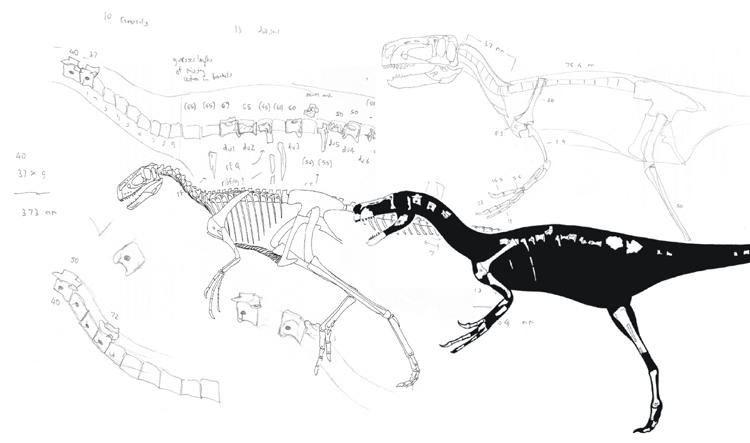
Hand drawing of Eotyrannus skeletal features including a silhouette showing which elements are known from the skeleton. The monograph on Eotyrannus is currently being prepared by Naish.
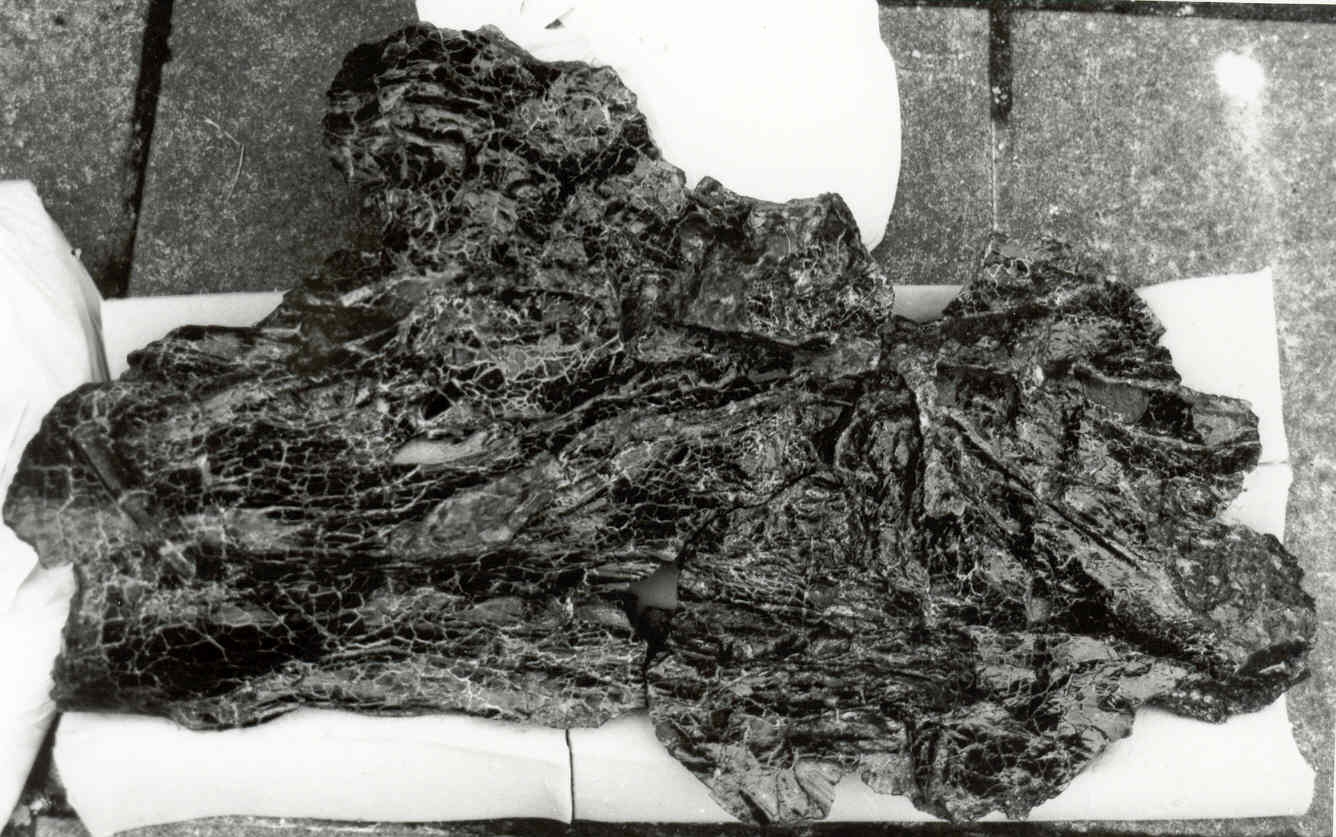
Right lateral view of MIWG.7306, a large brachiosaurid sauropod cervical vertebra from the Wessex Formation of the Isle of Wight. When it was found, with a centrum of 745 mm long, it was thought to represent one of the largest dinosaurs found in Europe, probably longer than 20 m in total body length. Although not officially named, it has been unofficially referred to as ‘Angloposeidon’ online. Image by Darren Naish, described in Naish et al. (2004).
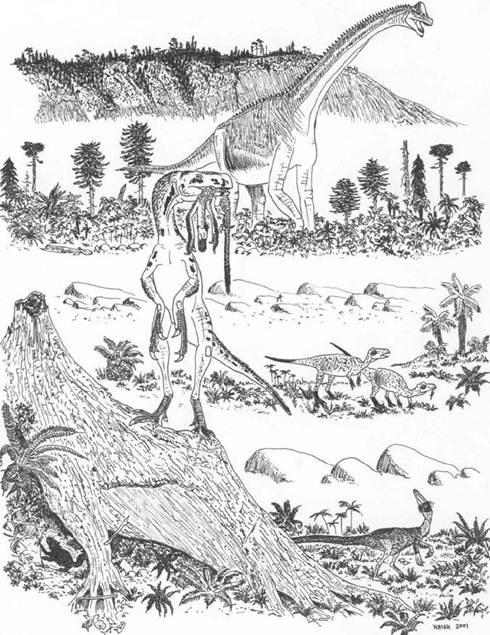
Reconstruction of a dinosaur scene of the Wealden including ornithomimosaurs, the giant brachiosaurid ‘Angloposeidon’, and Eotyrannus (with Ornithodesmus). Image by Darren Naish.
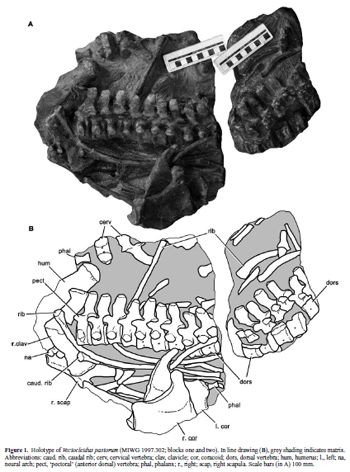
Holotype of the leptocleidid plesiosaur Vectocleidus showing vertebrae, and several bones of the axial skeleton. It was found at Shepherds Chine on the southwest coast of the Isle of Wight, and is from the Lower Cretaceous. From Benson et al. (2012).

